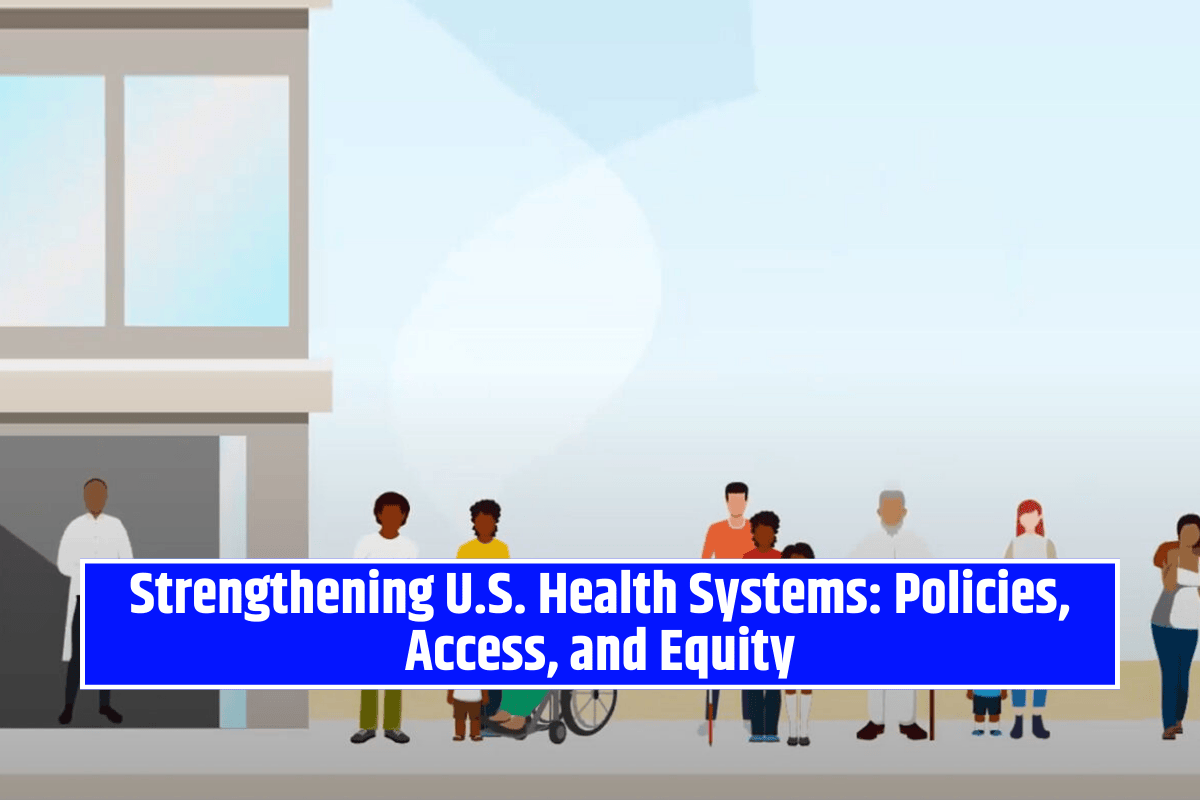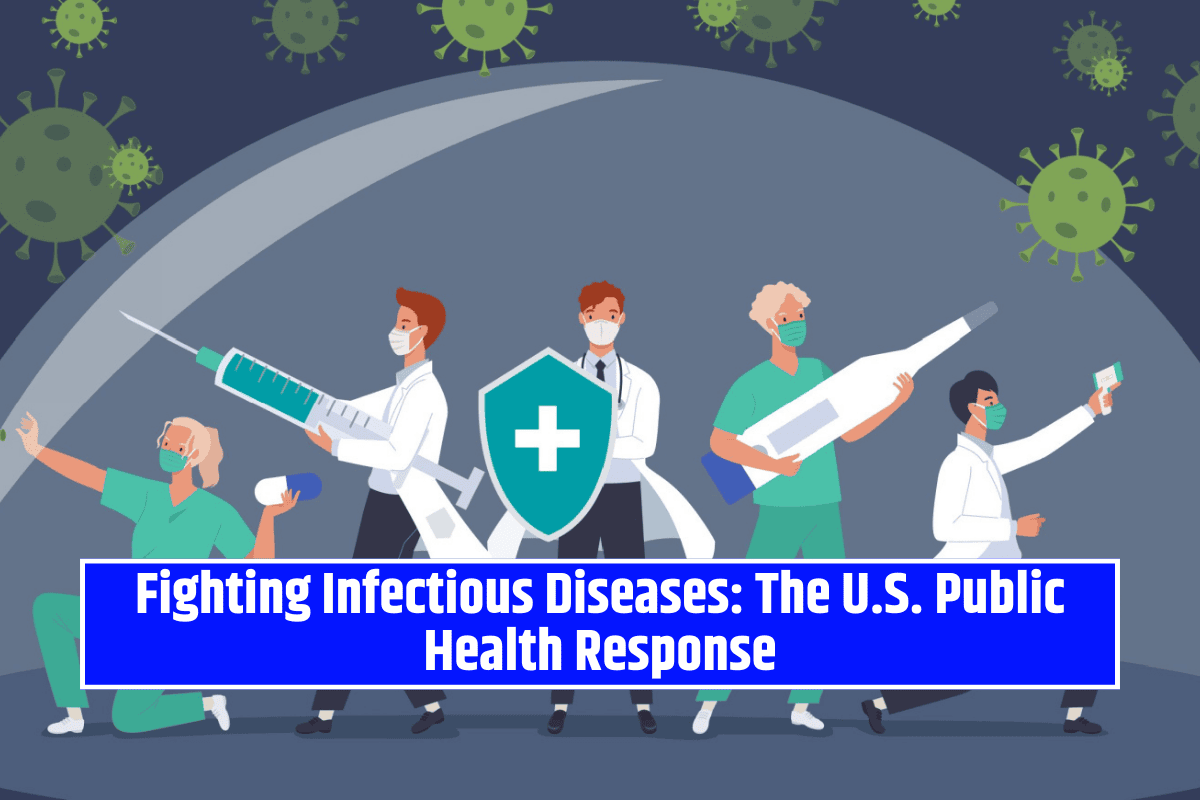The United States has some of the most advanced medical technology, doctors, and research facilities in the world. Yet millions of Americans still struggle to afford basic care.
Despite spending over $4.5 trillion every year on healthcare, access remains uneven, especially for rural, low-income, and minority communities. Some hospitals thrive and serve as lifelines, while others are forced to shut down.
To move forward, the U.S. must make healthcare more affordable, accessible, and fair for everyone—regardless of where they live or how much they earn.
How Policy Shapes the U.S. Healthcare System
Government policies at both state and national levels shape how healthcare works in America. The Affordable Care Act (ACA), for instance, helped millions get insurance by expanding Medicaid and setting up online insurance marketplaces.
States like California and New York embraced the ACA, leading to fewer uninsured people. However, states such as Texas and Florida chose not to expand Medicaid, which left millions without coverage.
Looking ahead, policies should focus on:
- Expanding insurance coverage in all states
- Supporting preventive care to reduce long-term costs
- Improving healthcare delivery models to reach more people
- Strengthening public health systems for future pandemics
Uneven Access to Healthcare Across America
Where you live in the U.S. plays a big role in how easily you can get healthcare. In rural areas like the Midwest, Appalachia, or parts of the South, people often have to drive long distances to see a doctor or visit a hospital.
In urban areas, low-income neighborhoods are seeing hospitals shut down, making access harder for residents in cities like Detroit and Philadelphia.
Telemedicine has helped bridge some of these gaps—especially during the COVID-19 crisis—but it’s not a perfect fix. Millions of Americans still don’t have reliable internet access or devices to access care online.
To improve access:
- Invest in rural clinics and mobile health units
- Keep community hospitals open in underserved areas
- Expand broadband and digital health tools for all households
Tackling Health Disparities and Inequality
Not everyone receives the same level of care in America. Health outcomes vary widely based on race, income, and location. For example:
- Black mothers are three times more likely to die from pregnancy-related issues than white mothers
- Many Hispanic families lack health insurance, leading to delayed care
- Native American communities suffer from high rates of diabetes and poor healthcare access
To close these gaps, the U.S. must:
- Fund local, community-based health programs
- Train and hire more diverse healthcare workers
- Address social factors like housing, food access, and education that affect health
Fixing Healthcare Workforce and Infrastructure Gaps
The U.S. healthcare system is facing a major worker shortage. By 2030, the country may lack up to 200,000 nurses. Cities like Phoenix, Dallas, and Atlanta are already dealing with overwhelmed hospitals and stressed staff. This puts both patients and healthcare workers at risk.
To solve this:
- Increase funding for nursing and medical training programs
- Raise wages and offer better working conditions
- Provide mental health support for healthcare workers
Infrastructure also needs attention. Hospitals in Boston and Seattle need updates to meet modern demands. Rural areas in states like Montana and Wyoming need new clinics and better equipment to handle emergencies and regular care.
Innovation and Technology: Uneven Benefits
America is a world leader in healthcare innovation. Cutting-edge treatments, like those developed at Houston’s Texas Medical Center, and AI tools from Silicon Valley are changing medicine. But not every hospital has access to these advances.
Smaller clinics in places like Birmingham or Albuquerque often lack funding or training to use new technology.
To fix this:
- Support programs that bring technology to smaller hospitals
- Fund training so rural healthcare providers can use new tools
- Ensure that breakthroughs reach patients in every part of the country
Creating a Stronger, More Prepared Health System
COVID-19 exposed weaknesses in America’s healthcare system. Hospitals in cities like New York and New Orleans were stretched to their limits. Many areas lacked masks, ventilators, and other critical supplies. The crisis showed that being ready for emergencies is just as important as day-to-day care.
Steps for building resilience:
- Stockpile essential supplies and medicines
- Improve coordination between federal and state health agencies
- Invest in vaccine development and fair distribution
- Build stronger data systems to detect health threats early
America has the tools and talent to lead the world in healthcare—but only if the system works for everyone. Fixing the gaps in access, equity, workforce, and infrastructure is not optional—it’s necessary for the health and security of the nation.
Whether it’s a rural town in Montana or a city neighbourhood in Chicago, every American deserves quality care. With the right policies, smart investments, and a strong focus on fairness, the U.S. can build a healthcare system that truly lives up to its potential.
FAQs
Why is healthcare so expensive in the U.S.?
Several factors drive up healthcare costs in the U.S., including high administrative expenses, expensive medications and treatments, limited price transparency, and a system focused more on treatment than prevention.
What are the biggest healthcare access challenges in rural areas?
Rural areas often face a shortage of hospitals and doctors, long travel distances for care, limited specialists, and lack of broadband access for telemedicine services.
How does the U.S. plan to fix the nursing shortage?
Solutions include expanding nursing education programs, offering financial incentives, improving work conditions, and investing in mental health support for healthcare workers.
What role does technology play in improving healthcare delivery?
Technology improves diagnosis, remote care, and patient monitoring. However, it must be made accessible to small hospitals and underserved communities to reduce the digital divide.
What did COVID-19 reveal about weaknesses in the U.S. healthcare system?
The pandemic exposed gaps in emergency preparedness, supply chain issues, staffing shortages, and the need for stronger coordination between federal and state health agencies.












